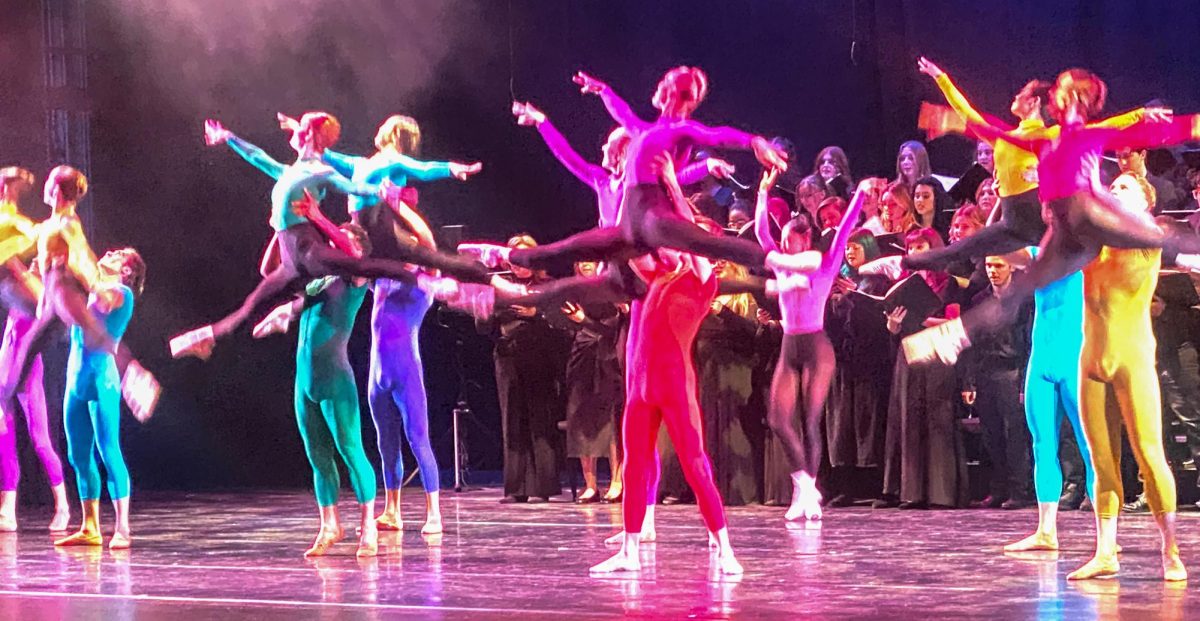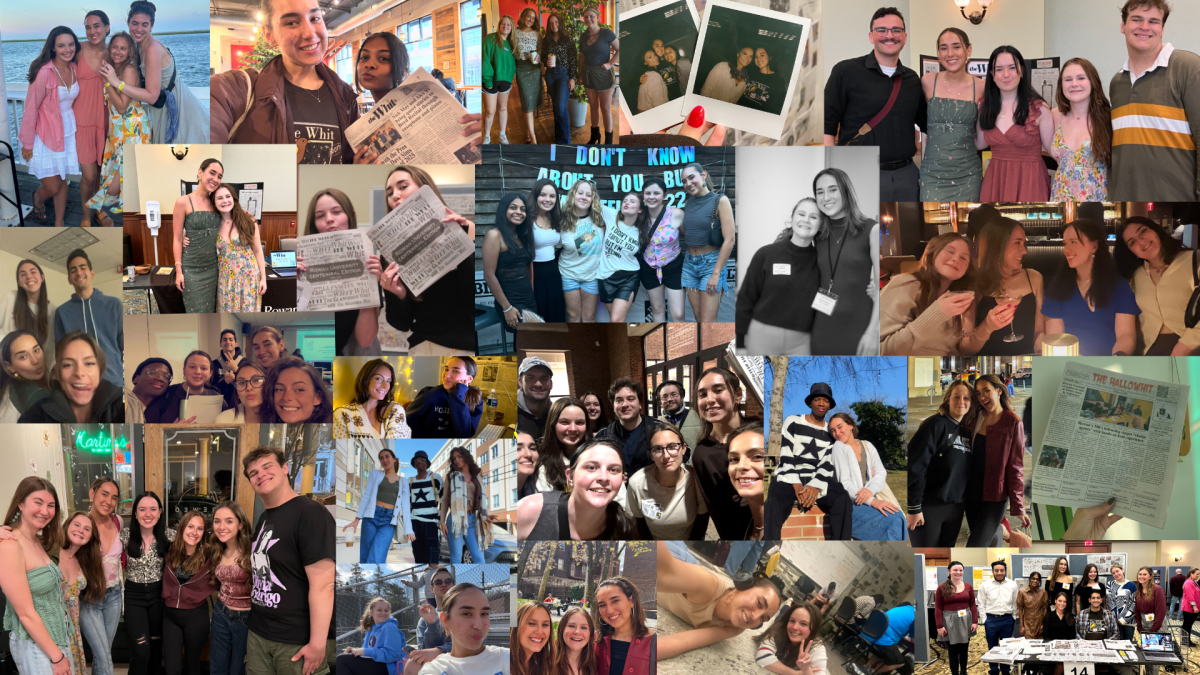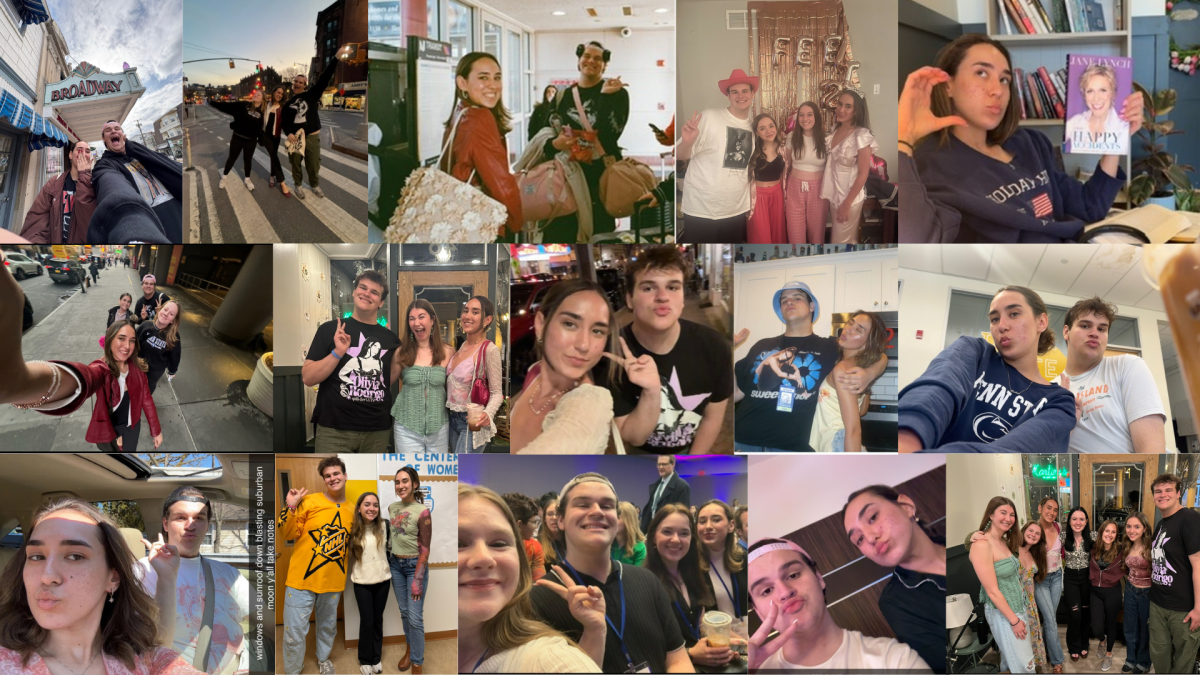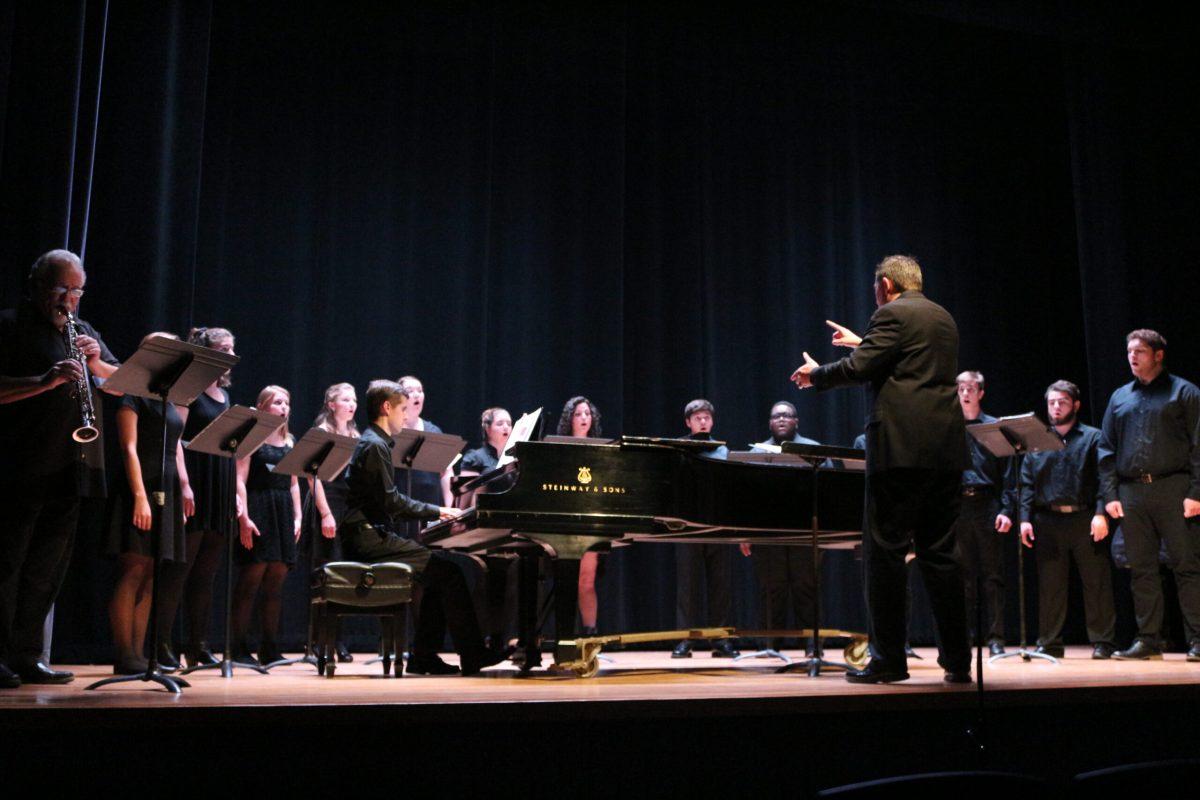Boyd Recital Hall came alive last Tuesday night with the sounds of a choir and brass instruments. Professor Christopher Thomas, director of choral activities, and featured faculty music professor Denis DiBlasio took the stage. The performance provided a rare combination of a choir and an improvising soloist, with DiBlasio showcasing his musical talents on flute, as well as soprano and baritone saxophone.
Due to a clerical error, no programs were provided for the concert. Each song was announced by DiBlasio and Thomas, whose huge personalities made for a light-hearted, comical evening.
Thomas announced the first tune and said, “This piece is called ‘Clap/Bang’ and it’ll be difficult to figure out why.”
Featuring DiBlasio on flute, the choir clapped their hands to an upbeat rhythm while a pianist used timpani mallets to strike the lowest strings on a grand piano.
The second song played was “Gymnopédie No.1” by composer Erik Satie, which began with a gentle piano intro that was later joined by DiBlasio on flute. The entire song gathered up dramatically to a climax with the joining choir, and the audience responded with loud applause.
“I’ve been here seven years and Denis would be peeking his head in all of the choir rehearsals,” Thomas said about DiBlasio while introducing the next arrangement. “And sometimes he’d come and be like ‘You guys just lower my blood pressure’. So, we thought this would be fun.”

Third in the set was “Clocks” by composer Steven Chapman, which featured the choir alone. The style was a call and response between the men and women of the group, each side mimicking the rhythmic noises made by clocks. This included “tick-tocks,” “cuckoos,” and sounds of bells ringing.
Next was the children’s classic “Row, Row, Row Your Boat.” The choir sang the tune in a round, and each time the song repeated it became more complex. Rising to a cacophonous climax, the piece ended on a solo singer.
“Light of A Clear Blue Morning” by The Wailin’ Jennys was the next tune and featured a soloist choir member. The soulful rendition resembled that of a gospel or R&B song and was enthusiastically received by the audience.
“To improvise is a lot of fun,” DiBlasio said. “I’ve done recitals with percussionists and just about everything you can play to.”
Up next was a completely improvised song by DiBlasio on flute. He asked the audience to shout out four music notes so that he could create his solo from them. G, Bb, C# and Fbb were used and greatly impressed the audience.
DiBlasio and Thomas created the next song, “Evening Prayer,” specifically for this event and featured DiBlasio on soprano saxophone.
“This piece we’re doing right now was the first thing I was presented to play with the choir,” DiBlasio said. “It’s just such a beautiful sound and great to be a part of.”
“Sweet Georgia Brown” was another song that highlighted DiBlasio’s solo ability, with this one on baritone saxophone.
On learning jazz, DiBlasio said, “Before it was put into books, you could learn this music just by listening to it. But, the people who would teach it, before it became something you could teach in a school, they had these great little sayings, and great ways to teach it. It was like folklore, it was handed down. “
This sentiment was the inspiration for their final song, “Baba Chu Can”.
Music industry senior Alex Stevenson attended the concert and said, “I liked the “Clocks” song. It was so catchy, it’s still stuck in my head.”
Overall, Stevenson added, “[The show] was slightly comedic and really light, but it was really enjoyable and pleasant.”
While a choir and a solo musician might seem disparate, DiBlasio pointed to the interesting harmony found among the two.“
“Sometimes people will write music for choir and an instrument and just a few pieces have an instrument that improvises,” he said. “So, Chris Thomas and I, we work in the same hallway, and we’re of like mind, just trying to do different things.”
For questions/comments about this story, email [email protected] or tweet @thewhitonline.

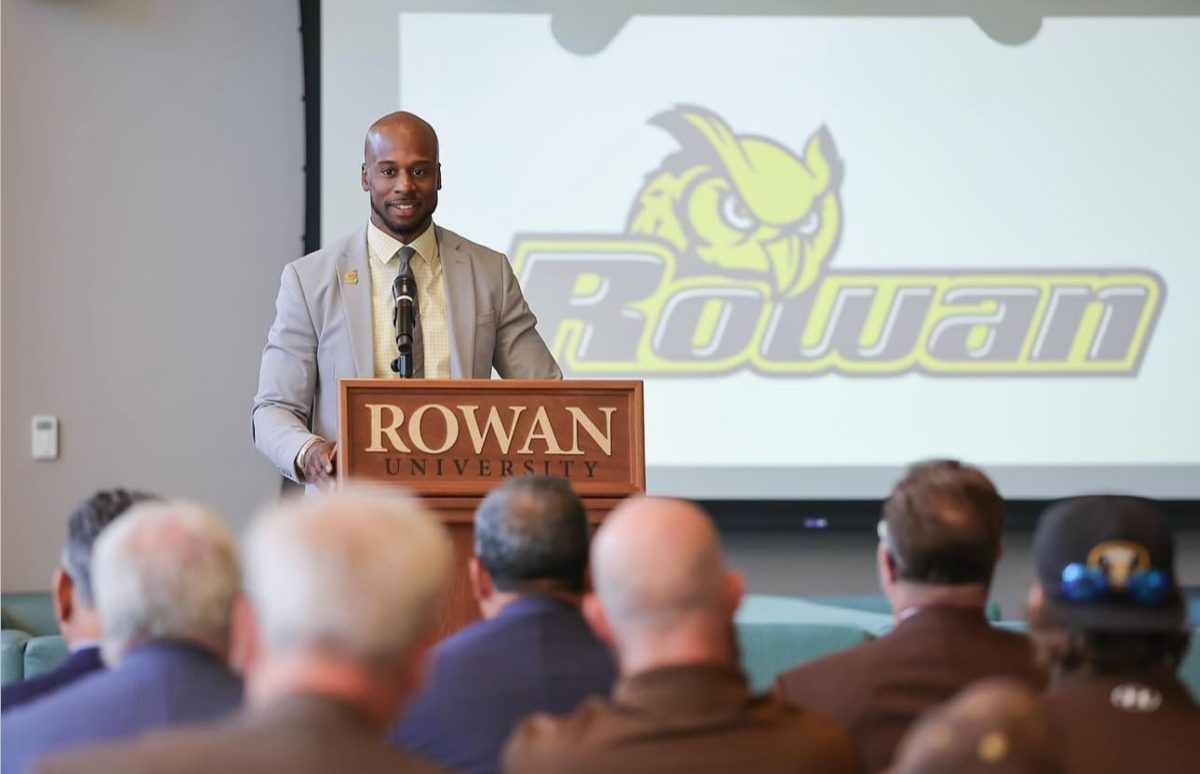

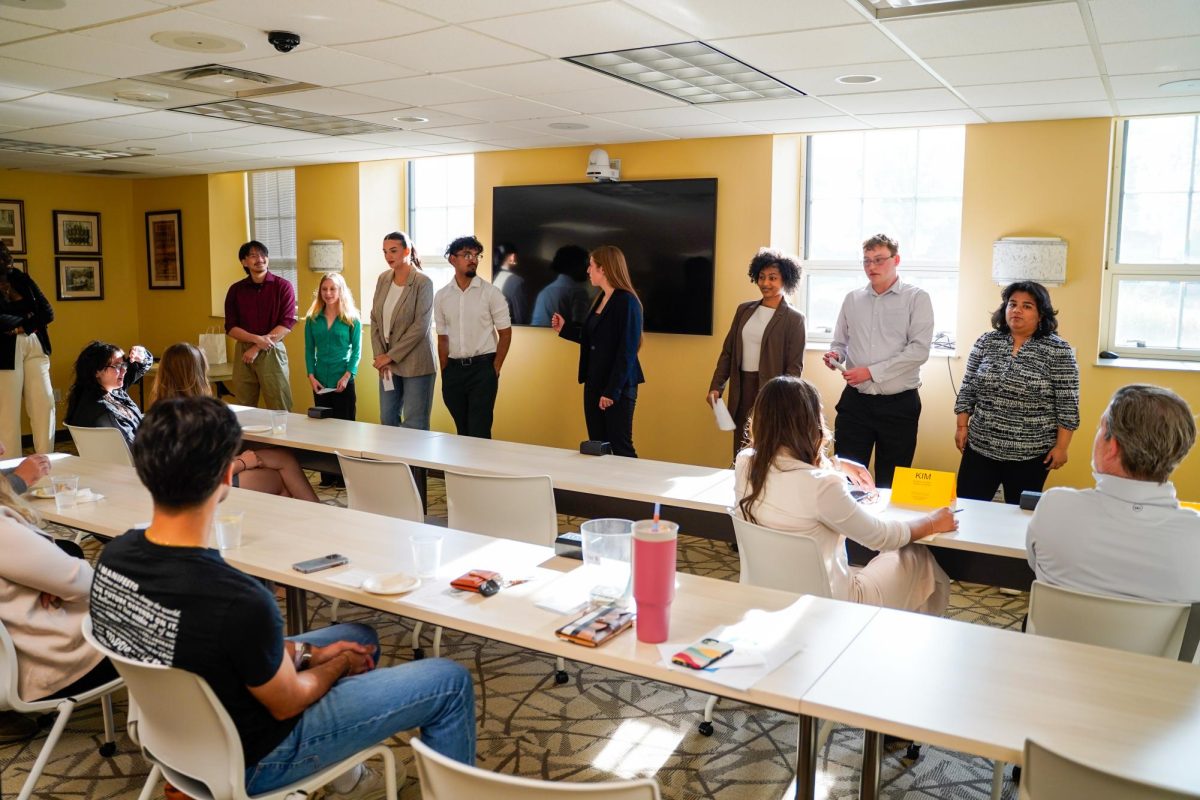
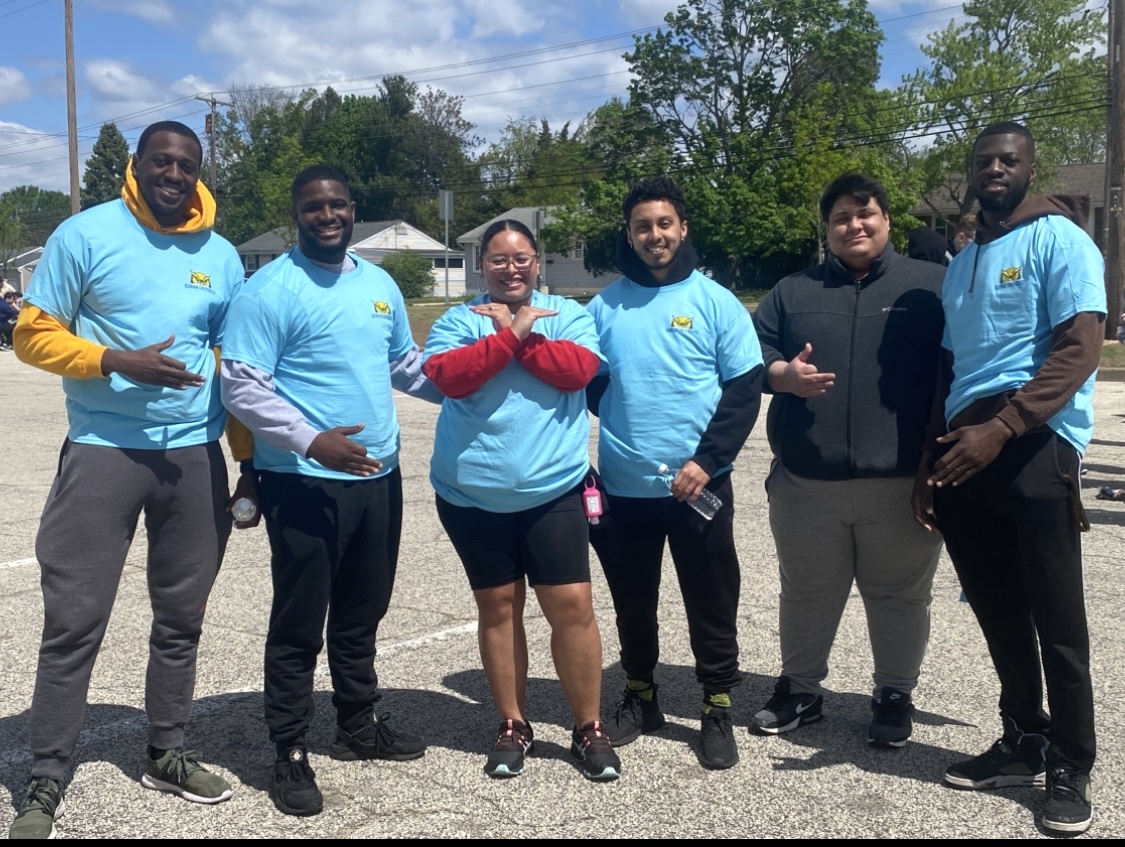


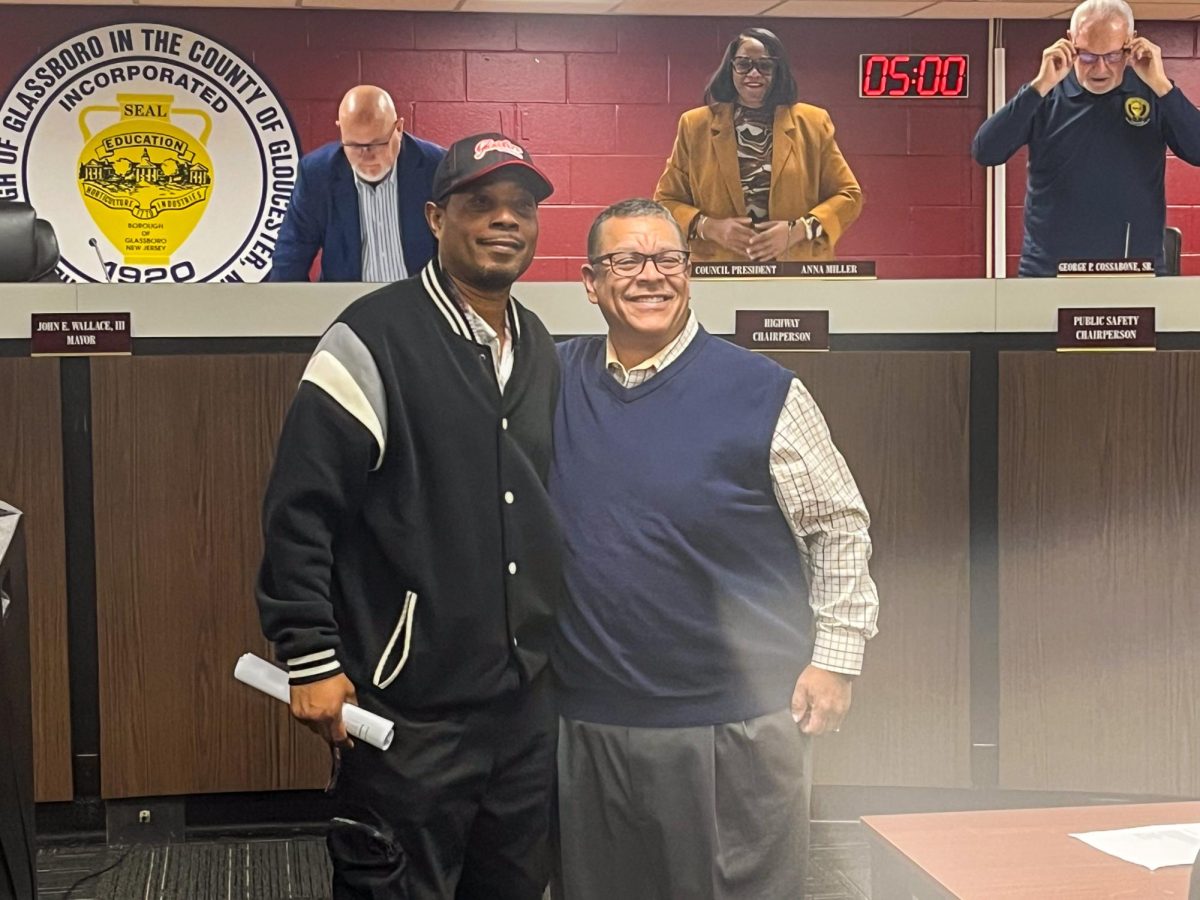
















































































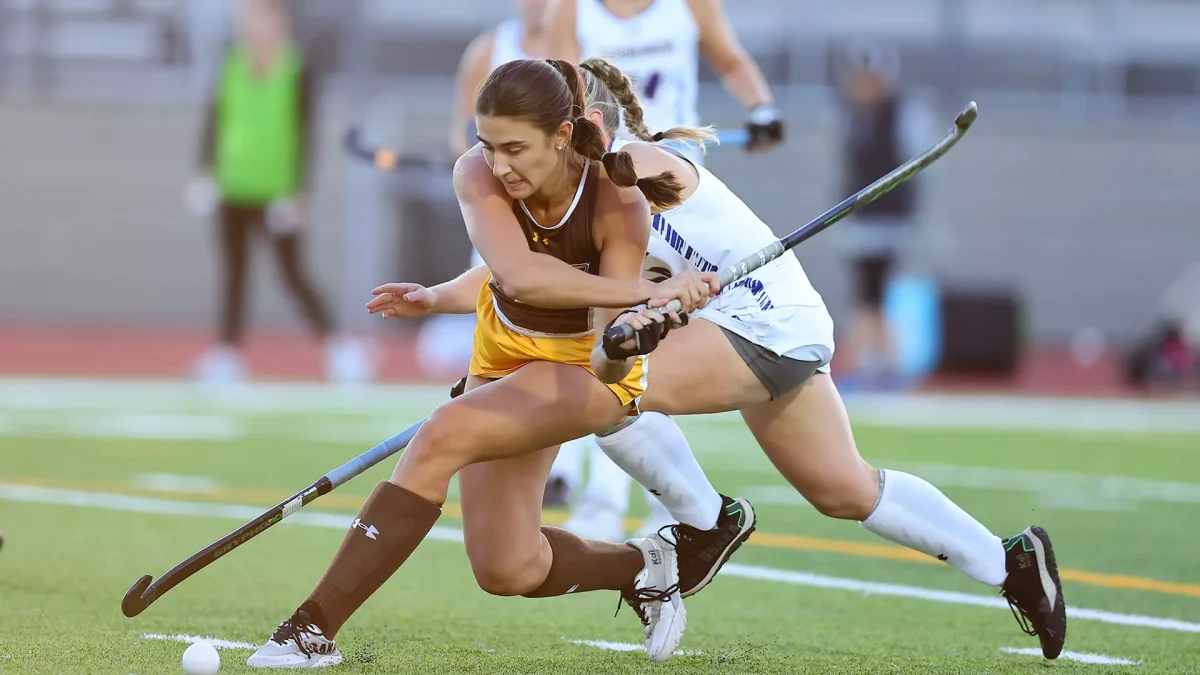

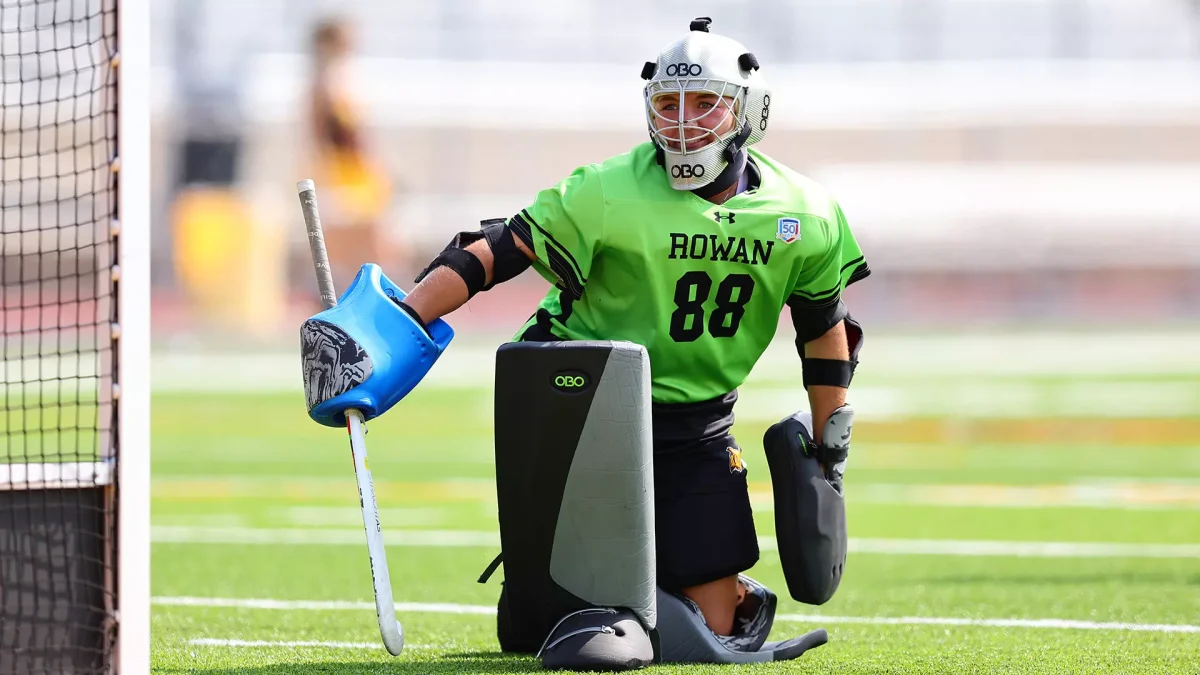






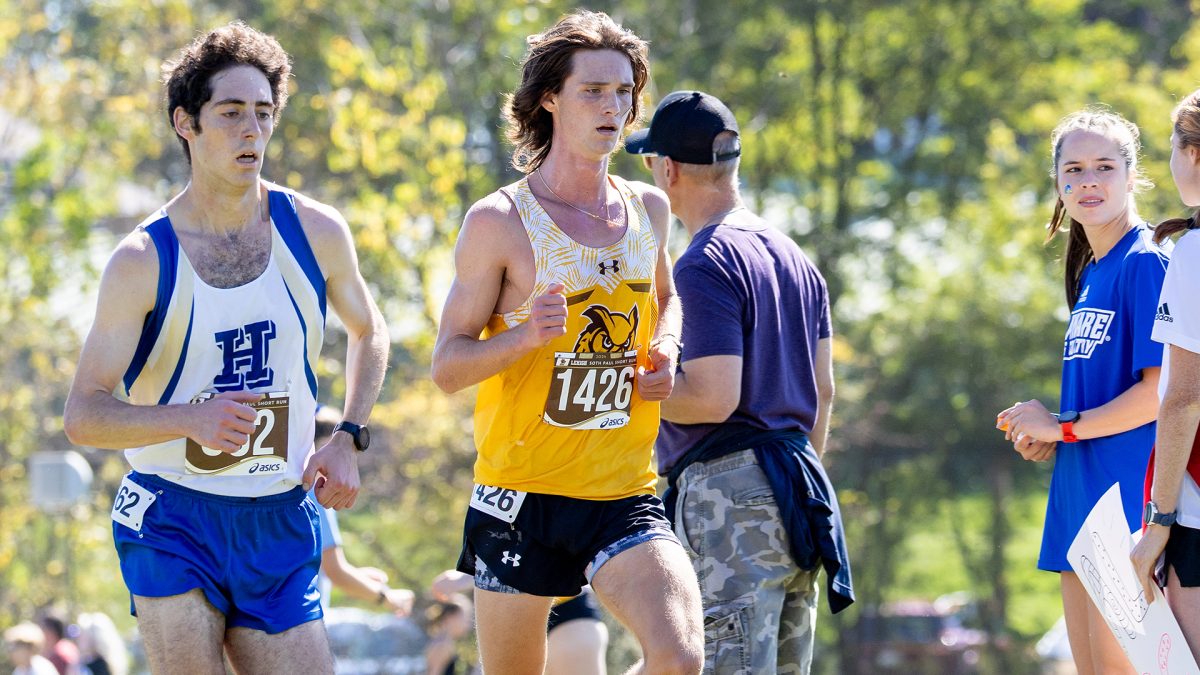



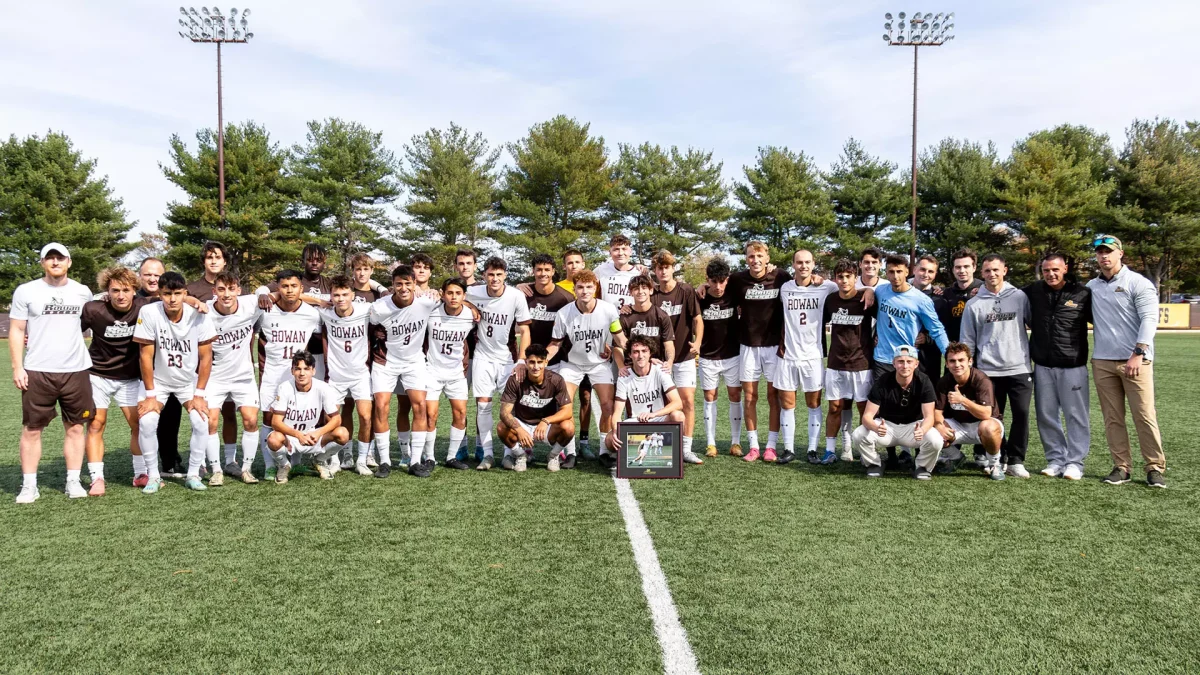

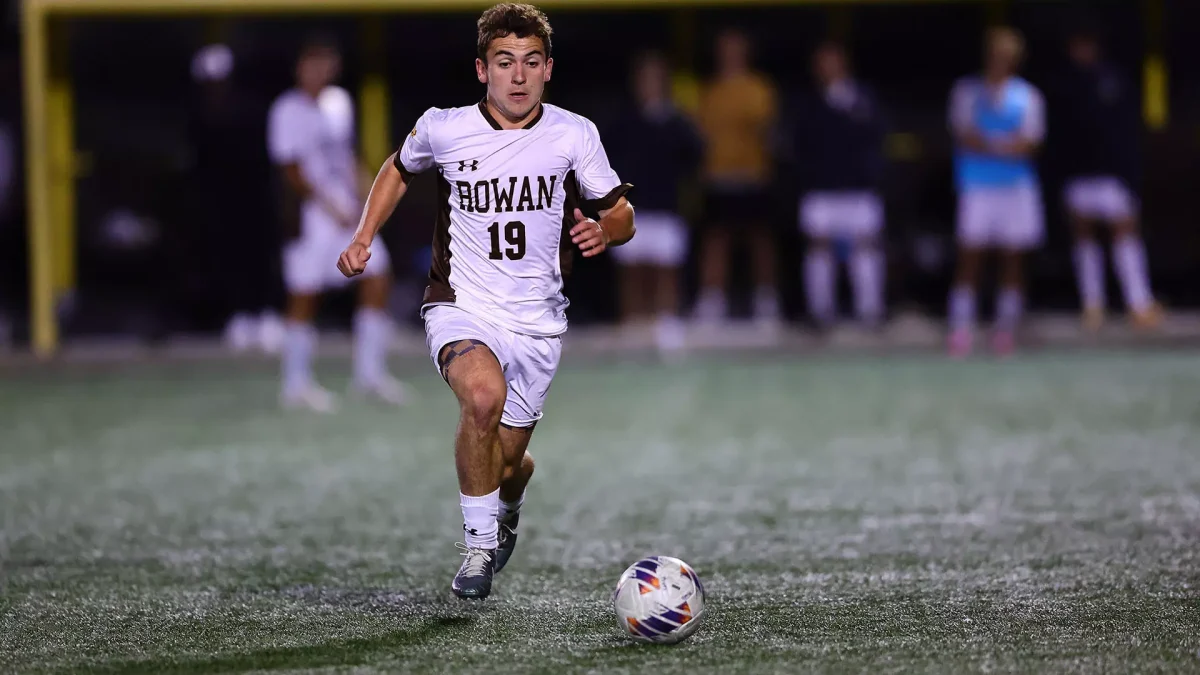



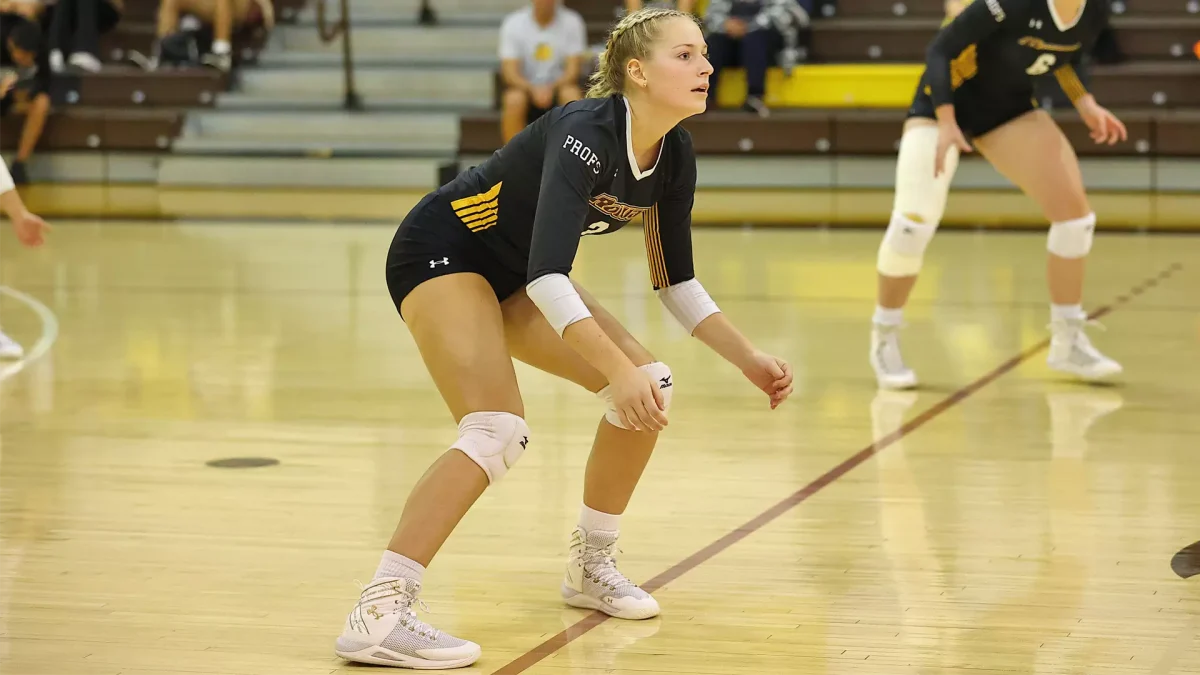



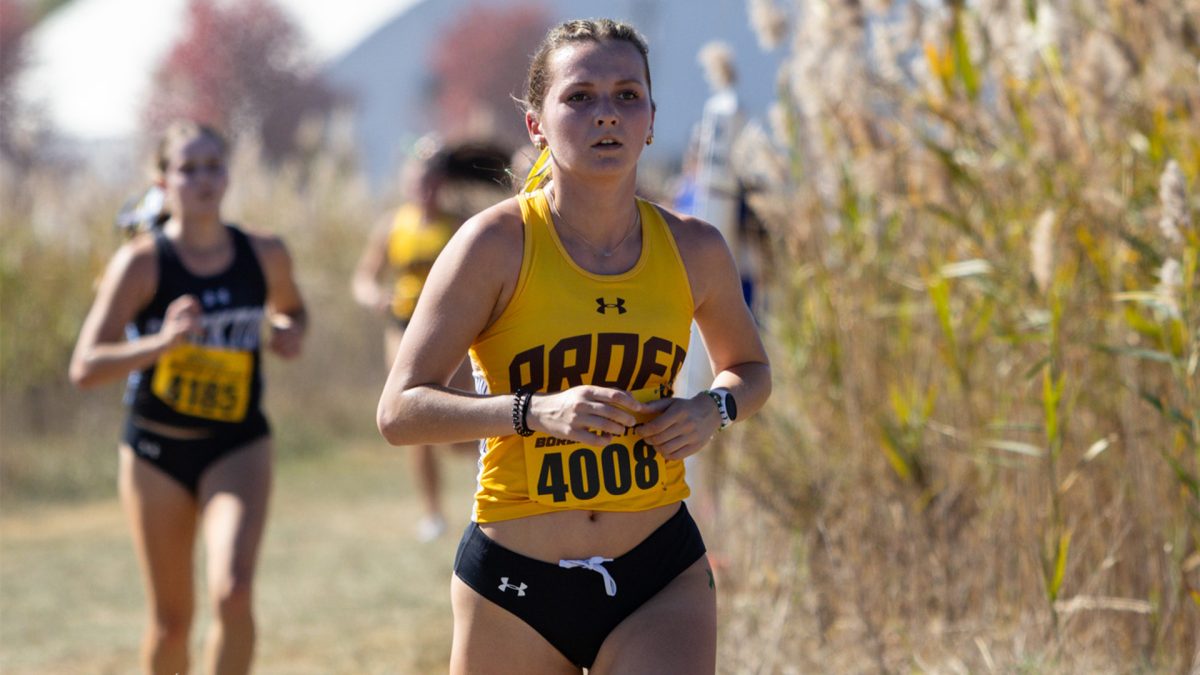




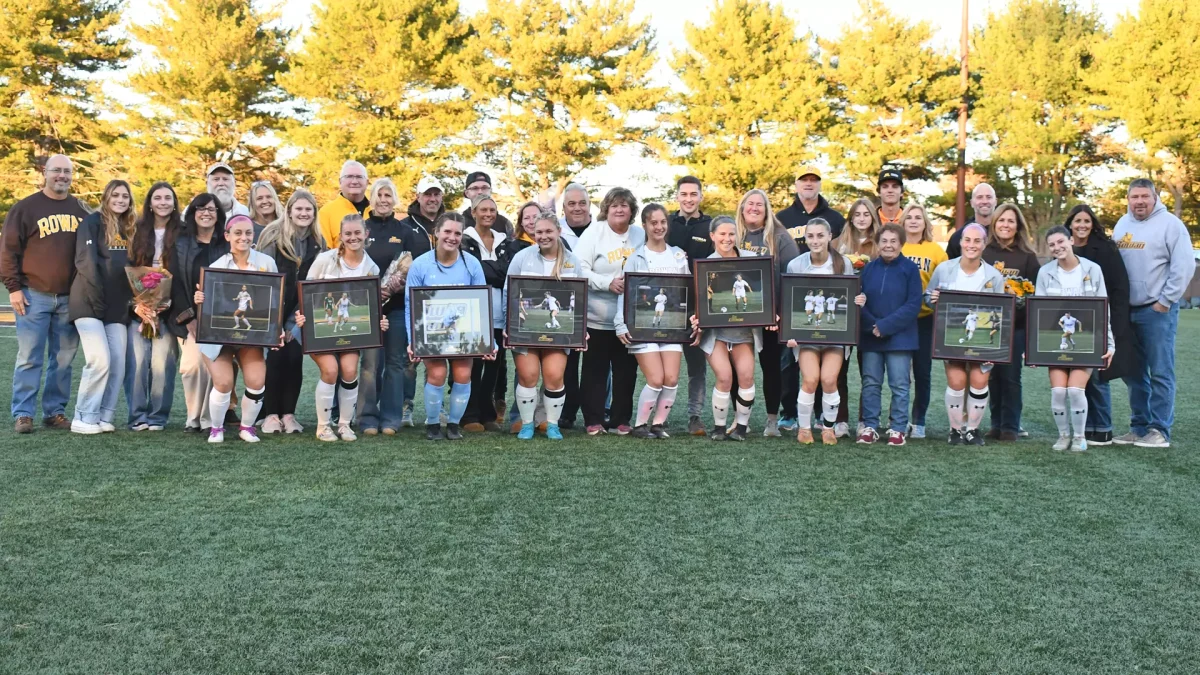
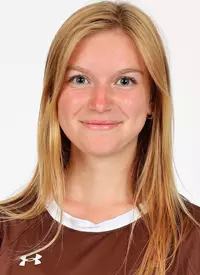










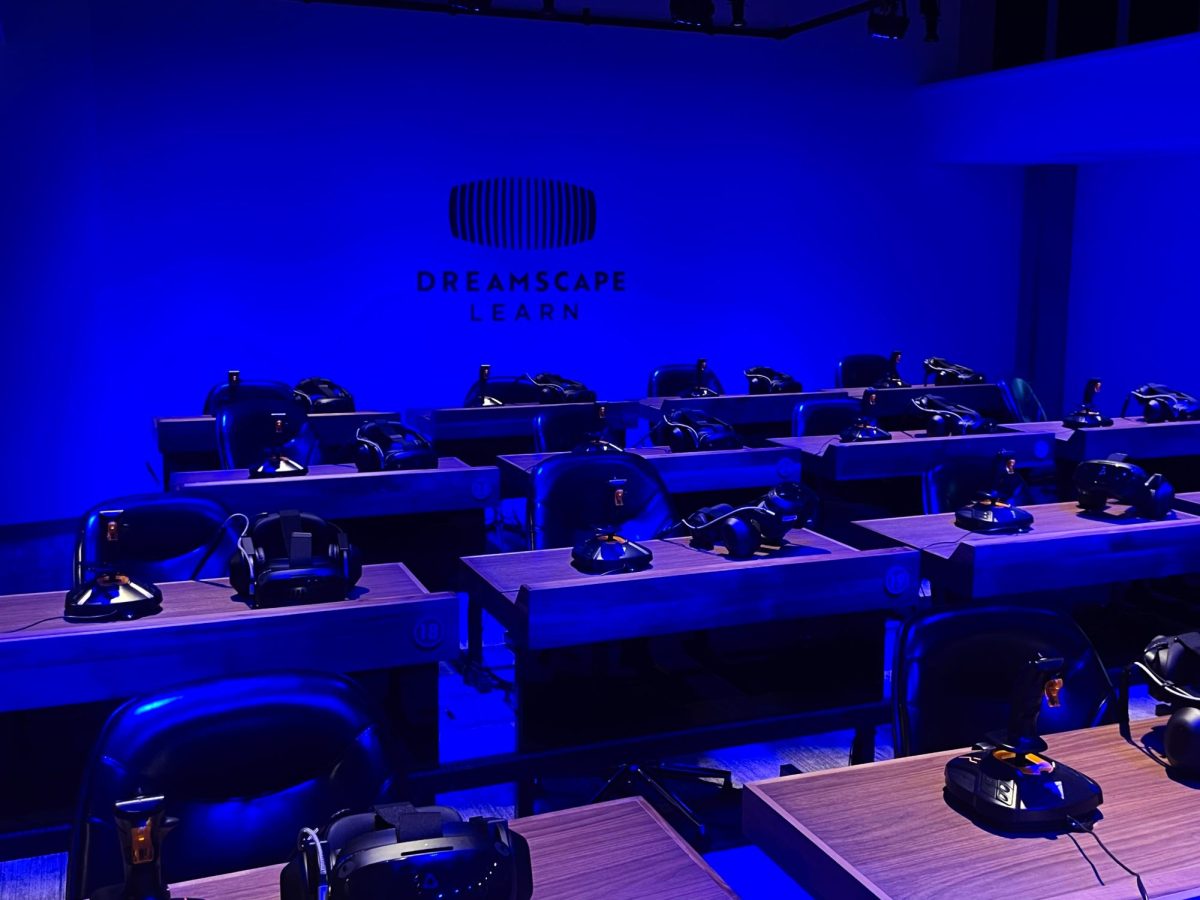
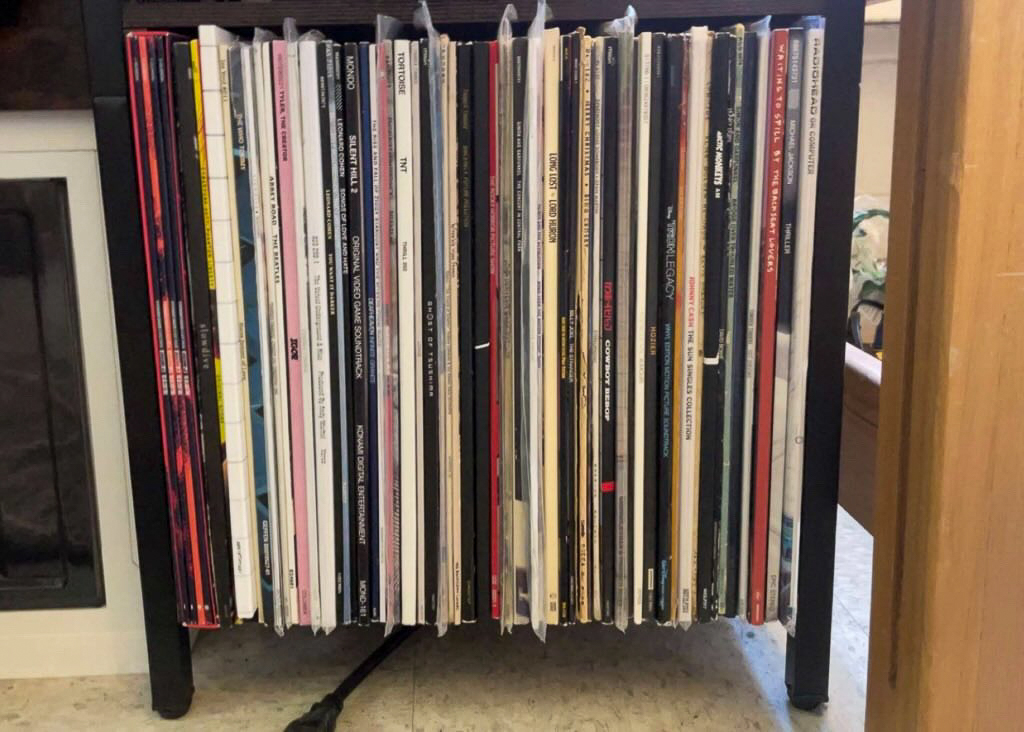
















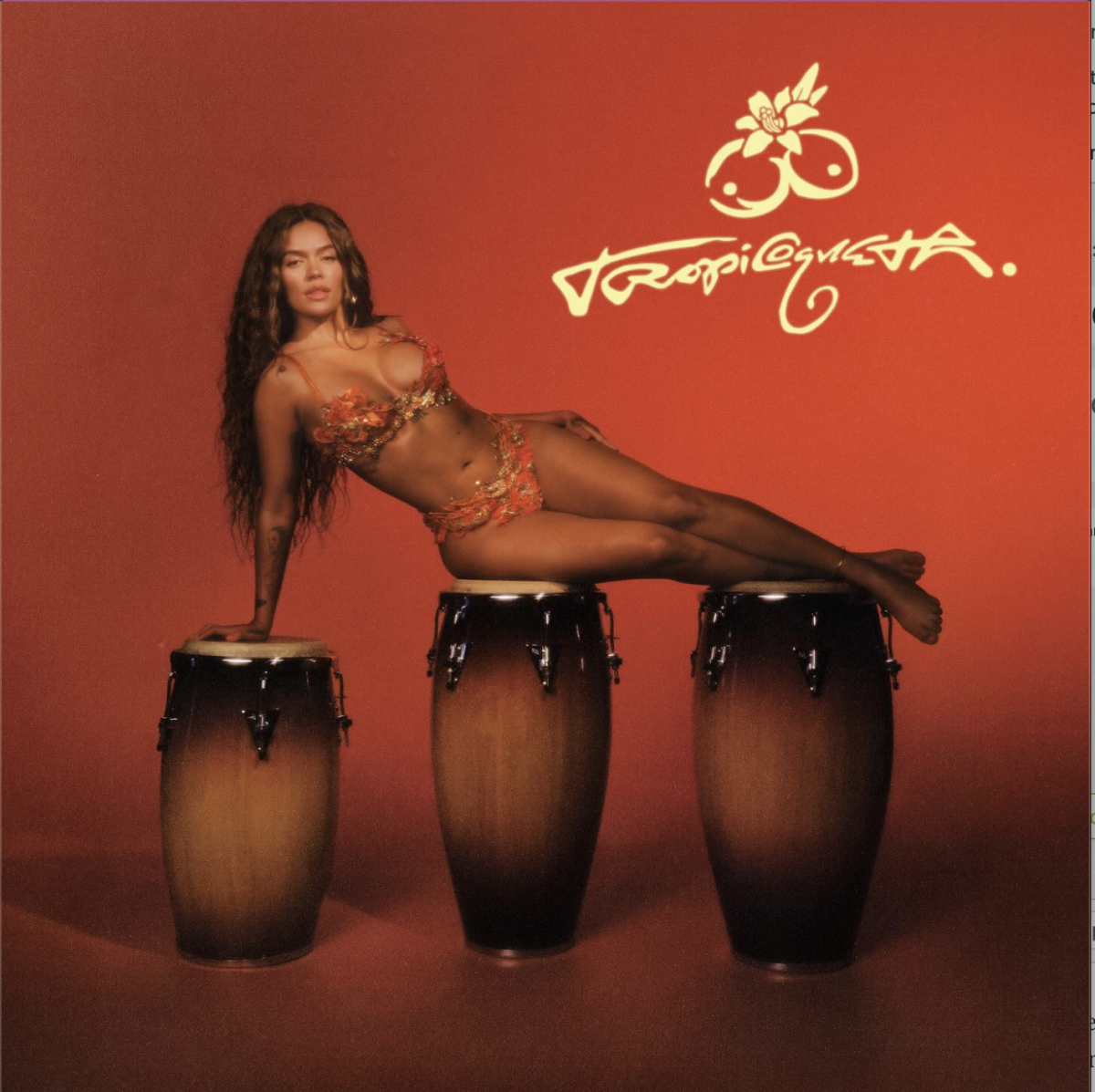
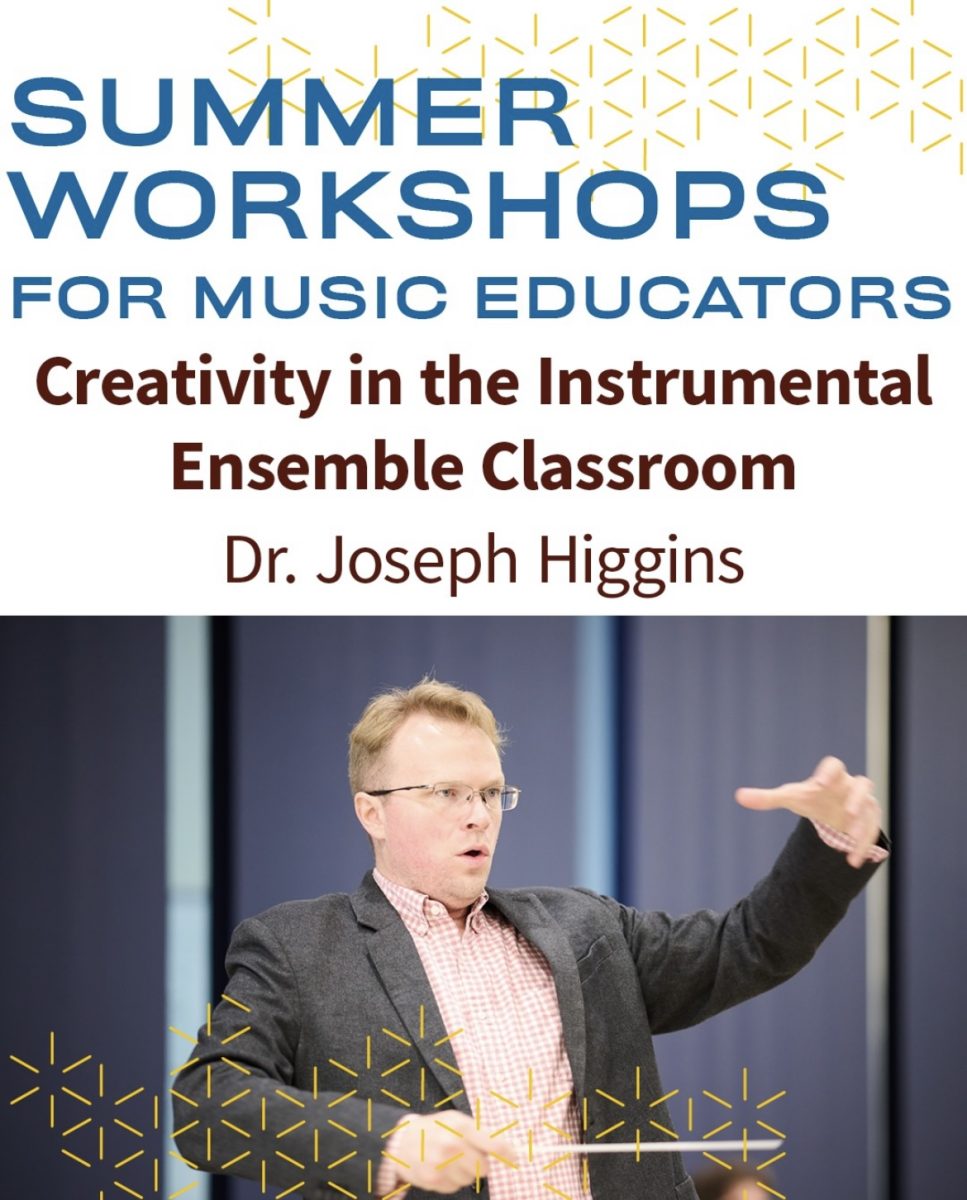





!["Working with [Dr. Lynch] is always a learning experience for me. She is a treasure,” said Thomas. - Staff Writer / Kacie Scibilia](https://thewhitonline.com/wp-content/uploads/2025/04/choir-1-1200x694.jpg)

